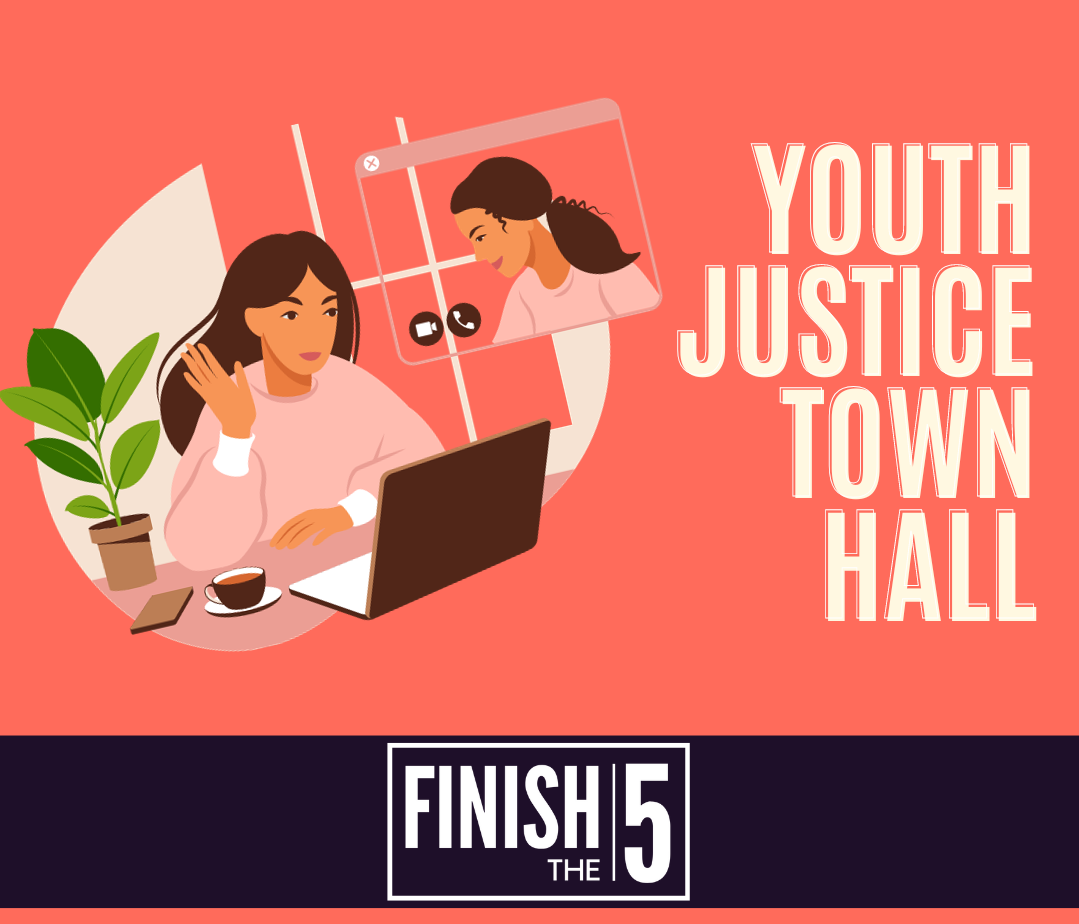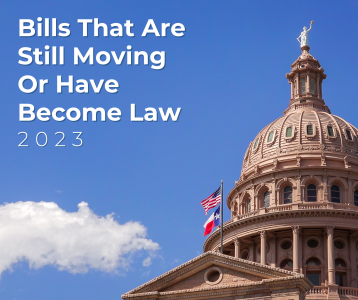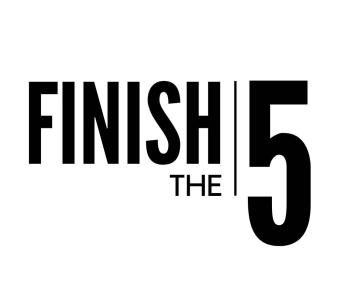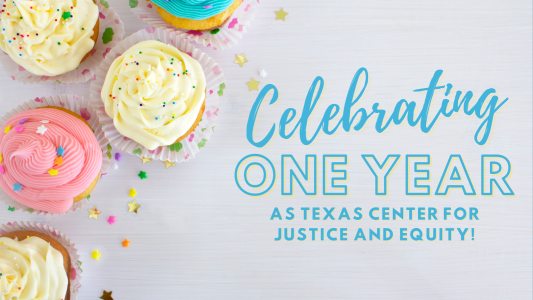Youth Justice Voices: Responses to the #FinishThe5 Virtual Town Hall

In fall 2022, Texas’ youth prison system was making headlines—and the news was devastating. The Texas Tribune reported that kids were trapped in their cells for up to 23 hours a day without access to toilets. Some of the children were harming themselves; nearly half were on suicide alert.
The news was a catalyst for our team and partners. After years of fighting locally and at the State Capitol to lower child incarceration rates, we launched a campaign dedicated to ending youth incarceration in Texas. Called Finish the 5, it marks our goal to shut down the state’s remaining 5 child prisons.
Over the past year, the Finish the 5 Coalition has been building a movement for change. During the state’s 2023 legislative session, we brought together hours of witness testimony for a groundbreaking hearing. We’ve published materials, hosted events, and worked with Texas students to ensure that youth are leaders in this movement.
On the one-year anniversary of the campaign, we hosted a virtual town hall to hear from the individuals and organizations who are continuing to power this fight. We asked questions about youth justice, alternatives to incarceration, new visions for kids and communities, and more. And today, we’re sharing some of the responses that warmed our hearts, got us thinking, and encouraged us to keep fighting. If you want to see more, check out the town hall hashtag!
The theme of this year’s Youth Justice Action Month is “justice is…” What does youth justice mean to you?
“Youth justice means that all young Texans, no matter their race, gender, or background, live in a state that cares for them, funds their futures, and realizes their dreams of a Texas where all of us can thrive ?️ No exceptions ?️”
-Children’s Defense Fund - Texas (@CDFTexas)
Research has found that youth incarceration is harmful to kids and ineffective at increasing public safety. What are some alternatives to incarceration for children?
“Instead of incarcerating youth, we need to provide robust community-based supports to help them overcome trauma, address behavioral and mental health challenges, and put them on the path to a successful adulthood.”
-Texas Network of Youth Services (@TNOYS)
School is often the place where kids first get wrapped into the punishment system—particularly Black students and other students of color, kids with disabilities, & other marginalized kids. What’s one strategy to disrupt the school-to-prison pipeline?
“Kids get arrested often for discipline problems that can be responded to better with social workers, guidance counselors & psychiatrists, not handcuffs. We should be limiting the role of police in schools so that they aren’t used to enforce what are, essentially disciplinary.”
-Jordyn Wilson (@Jor4Justice)
When prisons are closed, they can be repurposed into community spaces, gardens, businesses, and more. What can you envision replacing youth prison spaces with?
“These are all great ideas on finding ways to better the community and step away from the negative effects of the prison industry. Would love to see lively green parks and a community center in these repurposed spaces ??”
-Dream.org (@thedreamcorps)
“Community memorials to the history of what happened there so that those narratives are never erased by the state. Community gardens are nice too.”
-Lioness Justice Impacted Women’s Alliance (@lionessjiwa)
Imagine a future where youth incarceration doesn’t exist. What does that world look like? What is in place to help kids thrive?
When asked this question, author and photographer Richard Ross says, “fund grandma.” I agree. To create a world where child prisons are obsolete, it’s essential to ensure kin have everything they need to raise a child. Childcare, safe housing, food, education, respite.
-Alycia Castillo (@alycia_castillo)
This legislative session, lawmakers put $200 million into the budget for new youth prisons. What could that money fund instead to help kids, families, and communities?
Kids need programs that we know works. Invest in credible messengers. Invest in community centers/things for our young people to do & expel energy. Groceries are expensive af! Help families have access to food & housing. No one out here should be struggling.
-Jordyn Wilson (@Jor4Justice)
How can organizations and advocates do a better job of uplifting and prioritizing youth and impacted voices in their youth justice work?
We can do a better job of uplifting and prioritizing youth in our youth justice work by not only allowing youth to have a voice to advocate but also helping them get in positions to be changemakers and take action toward the things that impact them the most.
-Collective Action for Youth (@CA4YHTX)
A huge thank you to everyone who participated in the virtual town hall! We’re grateful to these incredible individuals and organizations who fight for youth justice every single day, and we’re proud to work alongside them.
To learn more about the Finish the 5 Coalition, check out our webpage!



